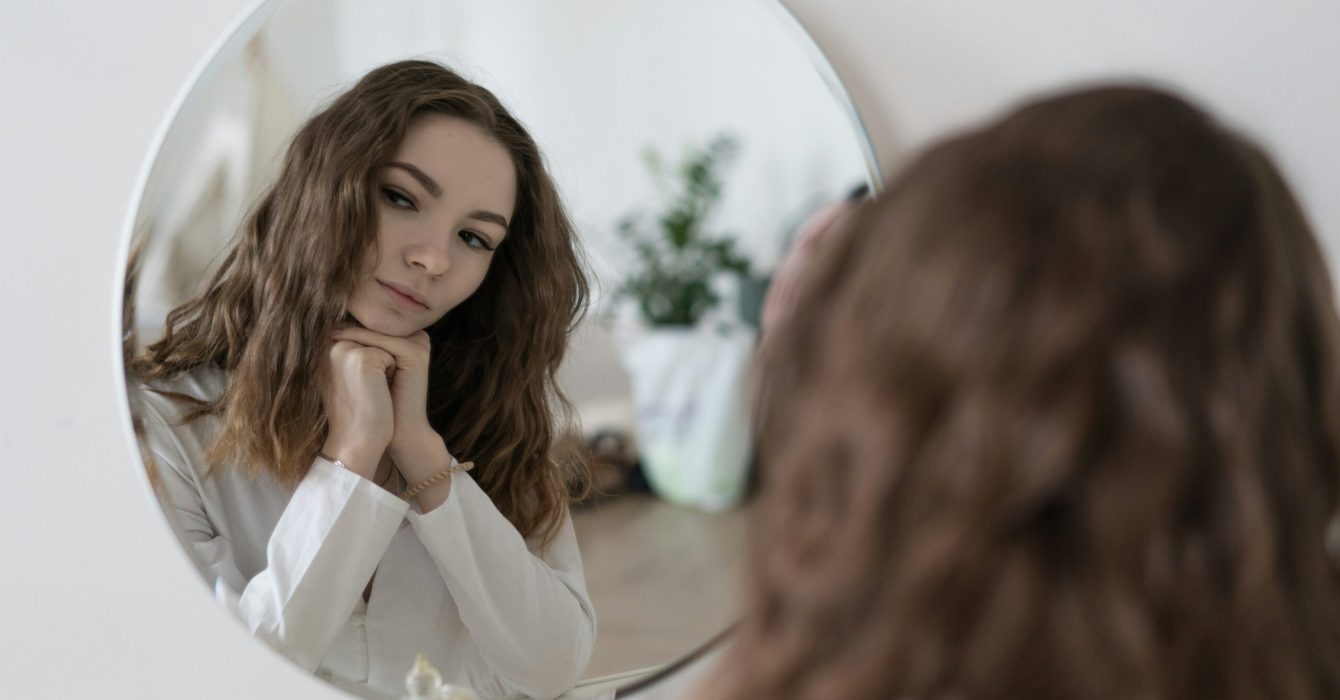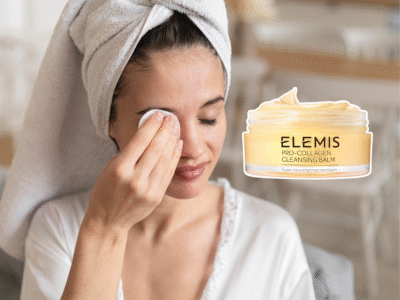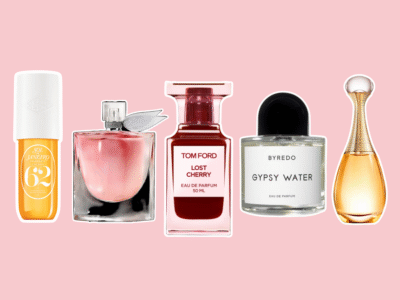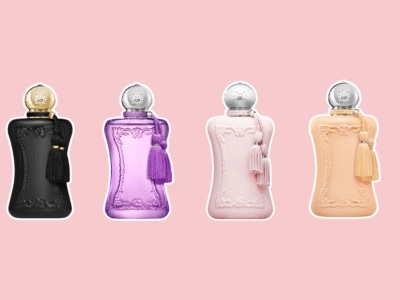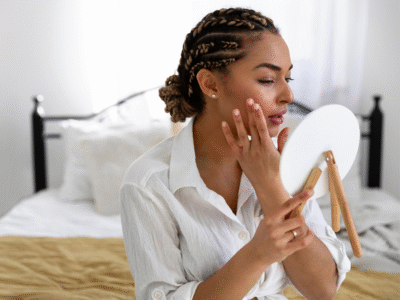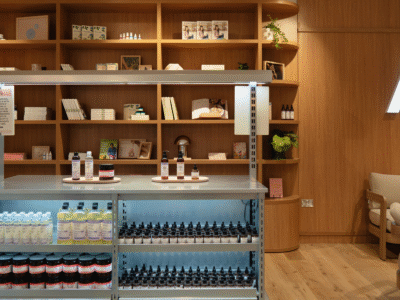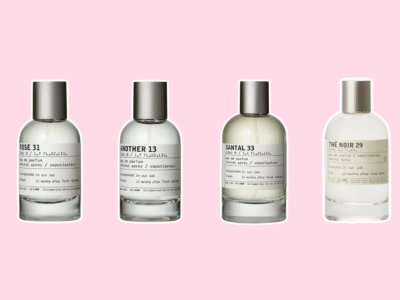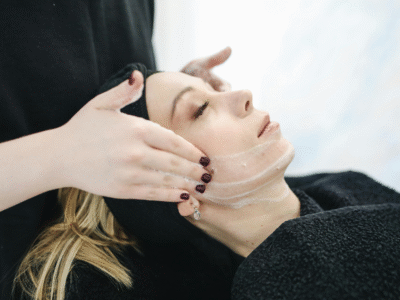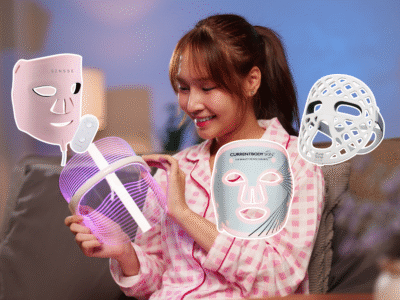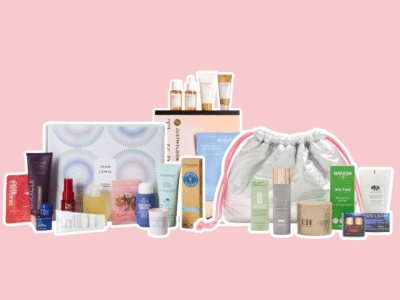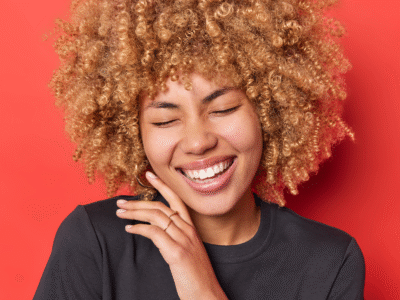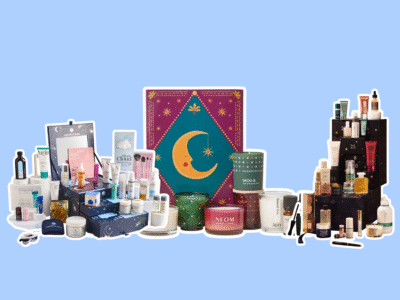Writer Chloe Laws tracked how her appearance changed throughout her menstrual cycle and noticed some big differences, so she investigated what was going on in her body.
A year ago, if someone had mentioned the phrase luteal phase I would have looked at them with a blank, quizzical face. Now, I’d cite it as a part of the menstrual cycle and — critically — as the time in the cycle when people who menstruate apparently feel their worst. This is thanks, largely, to TikTok, where it’s become a hot topic with people going viral for claiming: “You’re not ugly, you’re just in your luteal phase.”
@laurencimyeah 🤩🤩🤩 #justgirlythings ♬ BAILEYS SOUND – Me!
What is the luteal phase?
It’s important to say first and foremost that menstrual cycles can vary from person to person and may change over the years. On average, the entire menstrual cycle usually lasts between 24 and 38 days, and throughout this, there are different stages.
The luteal phase is a stage in the menstrual cycle occurring after ovulation and before the start of your period. It generally lasts about 14 days, but it can range from nine to 17 days. Having a long luteal phase (18 days or longer) can sometimes point to a condition that causes a hormonal imbalance — such as polycystic ovary syndrome (PCOS).
What happens during the luteal phase?
After ovulation, the follicle that held the egg turns into something called a corpus luteum — which is a temporary collection of cells that forms on your ovary each menstrual cycle. It makes the hormones progesterone and oestrogen to support pregnancy, but if pregnancy doesn’t happen, the corpus luteum breaks down between nine and 11 days after ovulation.
During this time, significant hormonal changes take place. Progesterone helps prepare the endometrium (the uterus lining) for a potential pregnancy. Oestrogen levels also rise during the luteal phase.
Due to progesterone production during the luteal phase, you may experience symptoms including fatigue, bloating, headaches, breast tenderness, skin breakouts, changes in appetite and mood swings.
@drsarubala #stitch with @Sam Doll how do you feel in your luteal phase?? #periodhealth ♬ A.Vivaldi The Four Season, Summer Presto; Tempo Impetuoso – AllMusicGallery
Can the luteal phase really make you ‘ugly’?
“The hormone progesterone peaks during this phase, with a relative decrease in oestrogen. This hormonal shift can significantly affect the skin in several ways,” says Dr Dev Patel, specialist in aesthetic and regenerative medicine and founder of CellDerma.
“Progesterone stimulates the oil glands to make more sebum (oil), which can lead to acne breakouts, especially in those prone to oily skin,” he explains. “The skin can also be more sensitive and reactive, leading to increased inflammation with redness and irritation. Progesterone also increases water retention, which can cause puffiness in the face and other areas.”
@sophia.panella the way I just gave myself the ick at the end hahaha but you can’t tell me I’m the same person in the first clip?!🙃 #lutealphase #lutealphasehormones #follicularphase #femalecycle #faceshape #cyclesyncing ♬ u guys are pretty wtf – ki
Dr Patel adds that the relative drop in oestrogen may lead to skin looking less plump and more lined, plus there’s also a slight rise in body temperature, which can make the skin feel warmer and appear more flushed.
“Progesterone also contributes to feelings of a lower mood, which can impact one’s self-esteem and make people more self-conscious about their appearance,” he says. “If you suffer from hormonal breakouts during this part of your cycle, using skincare products to keep the skin clean, reduce redness and promote barrier repair is going to support your skin.”
Sharon Hilditch MBE FCGI (Fellowship of the City & Guilds of London Institute), skincare specialist and founder of Crystal Clear Clinical, further explains how the luteal phase can negatively affect skin.
“At that point in the menstrual cycle, the hormone progesterone reaches its peak, and the oil glands will be producing more sebum than normal. This is peak time for hormonal acne to strike before your period starts.”
“Progesterone also contributes to feelings of a lower mood, so when combined this can lead to people feeling self-conscious of their appearance.”
Read more: How the menstrual cycle impacts your ability & motivation to exercise

Tracking my luteal phase
As a beauty writer, I love getting into the nitty gritty science of why my skin is behaving the way it does. I’m also someone who has very bad periods, which are often much longer than the average person’s. This means that my luteal phase can vary between months, being shorter or longer depending on my irregular cycle.
I’ve now been tracking my period for a while — first, via apps like Clue and Flo Health — but now I keep on top of it with my own know-how.
During my luteal phase, I notice I get more redness across my cheeks and chin — it stays until the menstrual phase, and then becomes less apparent. I also noticed that I felt more swollen during the luteal phase, which could be explained by the fact that progesterone can cause skin to swell, increasing inflammation and sensitivity.
During my luteal phase, I find it extra important to take care of my skin — through skincare and supplements — specifically those said to help with energy, as ours is being depleted at this time of the month. Skincare that’s anti-clogging, depuffing and gentle is also a must for me. During my luteal phase, using a cryo treatment helps control the swelling I experience — 111 SKIN’s cyro de-puffing facial mask or Dr. Jart+’s cyro rubber are my favourites.
In terms of supplements, Illuminate’s Sunshine Bottled Vitamin D3 is a great option. Crystal Clear’s Super Repair Mask and Cell Derma’s Hydraclean Cleanser are also perfect choices for helping you to feel hydrated and cleansed during your luteal phase.

